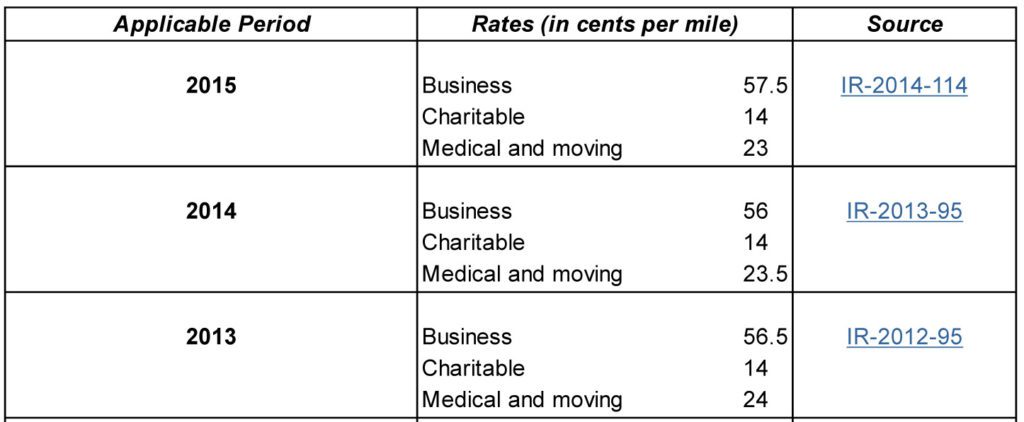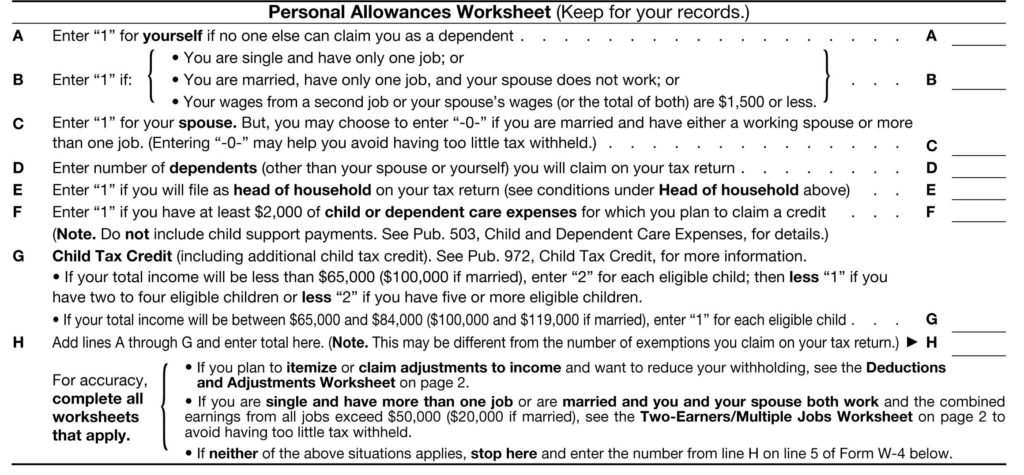Originally published August 31, 2016 – Updated April 9, 2025
A common question I receive from small business owners is, “How do I calculate my quarterly tax payments?” At the heart of this question is the fear of ending up like Al Capone. I hope to alleviate those fears and provide you with this ultimate guide to estimated taxes.
First, what are estimated taxes?
Estimated taxes are payments made to the IRS on income that isn’t subject to automatic withholding – think self-employment income, business income, rental income, and investment income like dividends or capital gains.
Am I required to make estimated tax payments?
You may be required to make estimated tax payments if you expect to owe $1,000 or more in federal taxes for the year after subtracting withholding and refundable credits. This rule hasn’t changed.
Is there a difference between “ES taxes” and “Estimated Taxes”?
Nope! They’re the same thing. “ES” just stands for “Estimated,” and comes from the IRS’s Form 1040-ES, which is used to calculate and pay quarterly estimated taxes.
When are estimated taxes due?
Estimated taxes are due in four installments throughout the year. The 2025 deadlines are:
- 1st Quarter – April 15, 2025
- 2nd Quarter – June 17, 2025 (June 15 is a Sunday)
- 3rd Quarter – September 15, 2025
- 4th Quarter – January 15, 2026
(Source: IRS Tax Calendar)
Does the IRS have to receive my payment by the due date if I mail my check with Form 1040-ES?
Nope! The IRS will consider your payment timely if it’s postmarked by the due date. For electronic payments, it just needs to be scheduled on or before the deadline.
How do I calculate estimated taxes?
I like to break estimated tax calculations into two categories — safe-harbor calculations and actual projections.
The safe-harbor rule states that as long as you pay:
- 100% of your prior year’s total tax liability, or
- 110% if your AGI was over $150,000 (or $75,000 for married filing separately), you can usually avoid underpayment penalties.
Alternatively, you can base your payments on 90% of your current year’s tax liability, which might make more sense if your income is going down.
Where do I find my prior year Adjusted Gross Income (AGI)?
For tax year 2024 (filed in 2025), your AGI is on Form 1040, Line 11. [Form 1040 (2024)]
Where do I find the total tax paid last year?
Your total tax for the prior year can be found on Form 1040, Line 24.
I’m still confused about this safe-harbor nonsense — elaborate!
Let’s say you expect your income (and therefore, taxes) to increase again this year. You don’t want to overpay your estimated taxes, especially if you’re investing in your business or holding cash for short-term needs. This is where the safe harbor rule helps you out.
Let’s walk through an example:
- Last year, your total tax liability (Form 1040, Line 24) was $40,000.
- Your AGI was over $150,000, so your safe harbor threshold is 110%, or $44,000.
- Your spouse works a W-2 job and has $2,500 per month in federal income tax withheld – that’s $30,000 for the year.
- That means you still need to pay $14,000 to meet the safe harbor requirement ($44,000 – $30,000).
- Divide that $14,000 by 4, and you get $3,500 per quarter.
You’ll make four equal estimated payments of $3,500 by the quarterly deadlines. You may still owe a bit more at tax time, especially if your business grows beyond expectations, but this strategy avoids IRS penalties for underpayment.
Do you have other resources with examples?
Yep! If you want worksheets and examples directly from the IRS, you can download the instructions for Form 1040-ES or check out Publication 505:
- Form 1040-ES: https://www.irs.gov/forms-pubs/about-form-1040-es
- Publication 505 (Tax Withholding and Estimated Tax): https://www.irs.gov/forms-pubs/about-publication-505
These give you line-by-line support, especially if you want to factor in credits, capital gains, self-employment tax, and more.
When should I use the safe-harbor method vs. doing an actual estimate?
Use the prior year safe harbor when you’re having a growth year and don’t want to stress about tax projections. It helps you avoid underpayment penalties, even if you owe more in April.
Use the current year method (90%) when you’re winding down, changing jobs, or expecting a drop in income. Also, if you had one-time income events, like selling an investment property, exercising stock options, or a business exit, it’s worth doing a detailed projection instead of relying on last year’s numbers.
What about self-employment taxes?
Ah yes, the dreaded self-employment tax. If you’re self-employed, you not only pay income tax but also both the employer and employee sides of Social Security and Medicare.
Self-employment tax is calculated using Schedule SE, and is included in your total tax due. If you’re using the current year method (90%), make sure you account for this – the IRS worksheets in Form 1040-ES walk you through it.
How do I make estimated tax payments?
You have three options:
- Mail Form 1040-ES with a check.
- Pay online via DirectPay.
- Use EFTPS (Electronic Federal Tax Payment System) if you want to schedule all your quarterly payments in advance.
Online payments are typically faster and come with instant confirmation.
Do you have any other tips?
That’s all I have for now, but if you’re not sure where to start, at least calculate your safe harbor number so you can set aside the right amount. Estimated tax payments are one of those “out of sight, out of mind” tasks until you’re hit with a surprise bill.
If this post was helpful, feel free to share it! Quarterly taxes are often overlooked, and too many small business owners end up paying penalties or interest that are completely avoidable. No need to give the IRS more than you have to!



